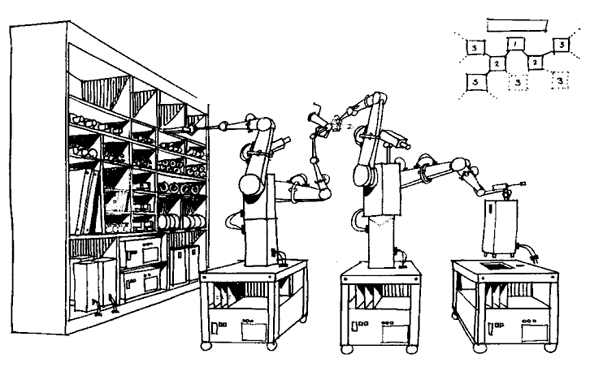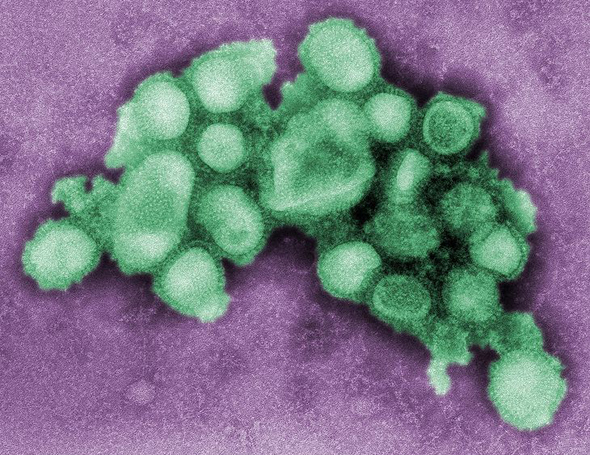Self Replicating Machines
by Andrew Boyd
Today, remaking yourself. The University of Houston's College of Engineering presents this series about the machines that make our civilization run, and the people whose ingenuity created them.
The idea's been around for a long time. The technology already exists. And the potential applications are mind-bending.
The idea is to build self replicating machines — machines that make copies of themselves. Imagine building a machine capable of two things: making copies of itself and collecting solar power. If we send just one such machine to the moon, it could eventually cover the moon's surface with copies of itself. Then each copy could act as a solar collector and send the energy back to earth.

And the job wouldn't take long. First, one machine makes one machine. But then there are two machines to make two more. And so on. If the solar panel's about a square meter and it takes the machine a day to make a copy of itself, it could cover the entire lunar surface in just thirty-five days. Not a bad return for building just one machine.
Of course, the machine would need to fashion parts for itself with raw materials found in the moon's soil. That's not impossible. But it's the big engineering challenge.
All sorts of ideas have been proposed for self replicating machines. Garbage collectors that produce garbage collectors from recycled garbage. Spaceships that build spaceships to explore the universe. Self replicating nanobots that destroy cancer cells. The possibilities are an engineer's dream come true.
If it sounds like an impossible dream, it's not. We have countless examples all around us in nature. Bacteria. Wildflowers. Rabbits. Raw materials and energy from the surrounding environment are used to create offspring; to self replicate. The copies aren't identical, but remarkably close.
A frequent concern is the thought of self replicating machines run amok. In his 1986 book Engines of Creation, technologist Eric Drexler coined the term grey goo for a scenario in which unstoppable self replicating machines consume everything in sight. It's a wonderful plot device for science fiction writers. But could it happen? None of the self-replicating life forms all around us has yet managed to turn the earth into grey goo. But biological self replication constantly creates havoc. The boll weevil decimated U.S. cotton crops early in the twentieth century. Flu viruses kill an estimated quarter to half million people each year.

The fact that we, as humans, exist to ponder our universe demonstrates the good that can come from self replication. But as with anything, we must use care as we seek to engineer self replicating devices.

I'm Andy Boyd at the University of Houston, where we're interested in the way inventive minds work.
Notes and references:
E. Drexler. Engines of Creation: The Coming Era of Nanotechnology. New York: Anchor (Random House), 1987.
All pictures are from Wikimedia Commons.